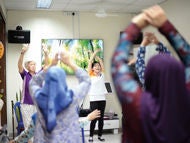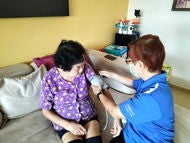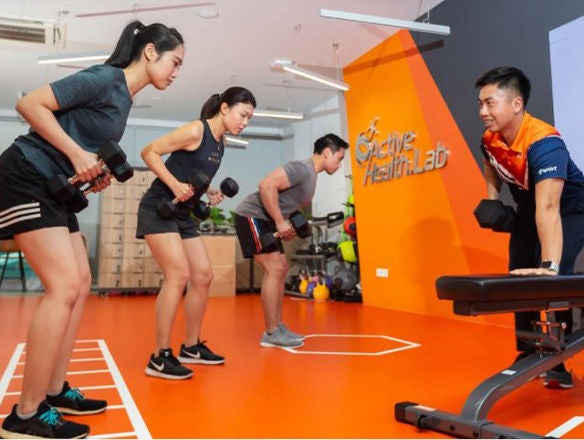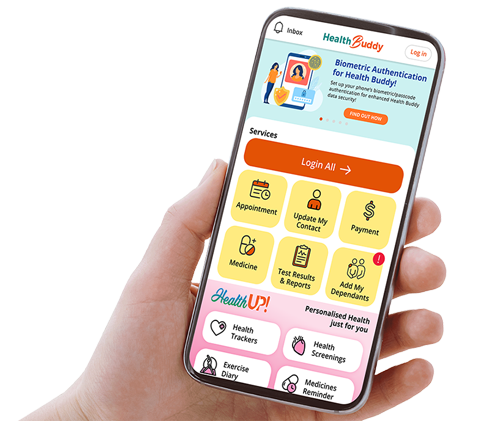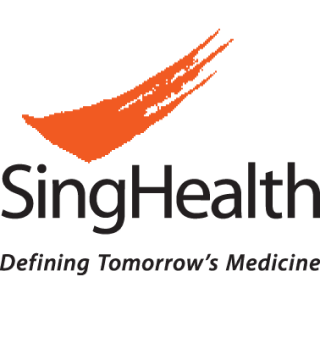SingHealth Institutions will NEVER ask you to transfer money over a call. If in doubt, call the 24/7 ScamShield helpline at 1799, or visit the ScamShield website at www.scamshield.gov.sg.
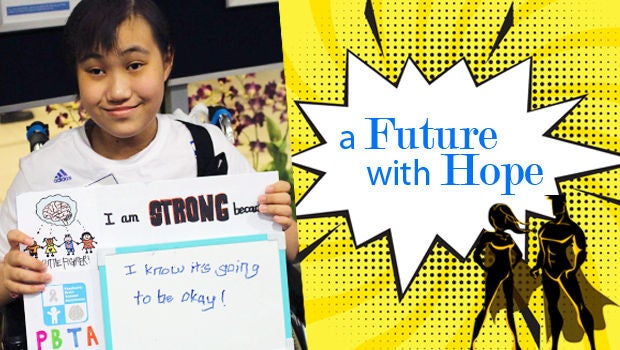
The VIVA-KKH Paediatric Brain and Solid Tumour Programme set out to change the narrative for children diagnosed with brain and solid cancers. Set up in 2015, the programme leverages the collective strengths and expertise of KKH, SGH, NCCS, NNI, the Viva Foundation for Children with Cancer (VIVA) and St Jude Children’s Research Hospital, USA. This novel initiative cuts across specialties and institutions as healthcare professionals come together to treat the brain and solid tumours in children.

Felice’s story is published in our latest annual report.
With the VIVA-KKH programme, patient-centred care takes on a whole new meaning. The treatment of mass tumours in children typically calls on multiple specialities, including surgery, oncology, pathology, radiology and paediatrics. A multidisciplinary team meets up weekly to discuss the progress and treatments of their patients. The surgeons give their views on the operation, while the oncologist weighs in on the need for a biopsy. The pathologists plan lab tests and therapists provide input on rehabilitation.
By bringing together multiple clinical aspects of care, the diagnosis and treatment are fast-tracked, and the patient experiences convenience without having to shuttle from clinic to clinic.

Beyond clinical care, Dr Amos Loh (top right), Chairman of the VIVA-KKH steering committee, believes that the answer to finding cures for rare diseases lies in translational research. Even though KKH sees 75 per cent of brain and solid tumour cases in Singapore, the numbers are small. To gain access to sufficient data, the team has partnered with the Singapore Childhood Cancer Registry which has a database of more than 3,000 childhood cancer cases in Singapore since 1997.

In addition, the way childhood cancers spread and react to treatment in Asian children seems to differ from children in the West. “Studying the differences observed in Asian children may lead to the discovery of genetic reasons for the differences observed in various ethnic groups, and hopefully help us to refine or direct novel therapeutic approaches for Asian children,” says Dr Loh.
The research has far-reaching ambitions. A longitudinal study is planned to study the predisposition and genetics of such tumours among family members and even the future children of patients. The results of such a study can potentially guide early diagnoses and intervention, allowing for less aggressive therapy to be initiated before the disease spreads. The team also actively engages in platforms that bring together medical professionals to discuss the latest research findings and current issues in the field of paediatric oncology, such as at the yearly St Jude Viva forum and through weekly tumour board meetings (below right) where medical professionals from different specialties come together to review cases and recommend treatment plans.

I AM BRAVE
Every year, the team transforms their patients into rock stars. At the annual Paediatric Brain Tumour Awareness Day held at KKH, patients and their families set their cares aside and enjoy a day of fun, festivities and food. Kids clamour to have photographs taken with their favourite movie characters from Toy Story, and relish joy rides in sports cars, sponsored by Lamborghini Club Singapore and Porsche Club Singapore.
Organised by Duke-NUS medical students in collaboration with the Brain Tumour Society, the event not only aims to raise awareness of paediatric brain tumours, but also endeavours to celebrate the courage of young survivors and support their families.

TEAM VERSUS TUMOUR
In primary school, Felice Siau was a basketball player for the school team. Going to school daily was a routine like many other children her age. However, life dealt her a curve ball when she was admitted to the KKH A&E department in 2015 and found to have a brain tumour.

Under the VIVA-KKH programme, an entire multidisciplinary team was quickly assembled, comprising the surgeon, oncologist, radiographer, therapists, nurses and a neuro-psychologist. A streamlined process of care was planned for Felice, with each member of the team contributing to her care holistically.
“For a child, undergoing treatment for cancer can be a traumatic experience and does not end with an operation or chemotherapy,” explains Dr David Low, Felice’s neurosurgeon. “We want to support her recovery at every stage – both physically and emotionally.”

THE PATIENT COMES FIRST
16-year-old Felice still needs therapy but has progressed from the wheelchair to walking with assistance. A nurse coordinator synchronises her care, from ensuring that all the relevant healthcare providers are available during her visits, to scheduling her treatments and therapy. A psychologist communicates with Felice’s school to facilitate physical changes that can cater to her needs. Felice also undergoes therapy at St. Andrew’s hospital, which has specialty equipment for older children. A systematic approach means that children like Felice can have all of their needs addressed during their follow-up care.

Mdm Vivian Koh, Felice’s mother, is grateful for the support. “The VIVA-KKH programme has really helped Felice. Not only are the doctors caring, the whole team is supportive and helps us with whatever we need, even with something as simple as getting lip balm samples when she has dry lips.”
Medical professionals from our various Academic Clinical Programmes (ACP) come together to provide care to Felice and other children like her. Read about the journeys of Felice and other patients like her in our latest annual report.
Keep Healthy With
© 2025 SingHealth Group. All Rights Reserved.

